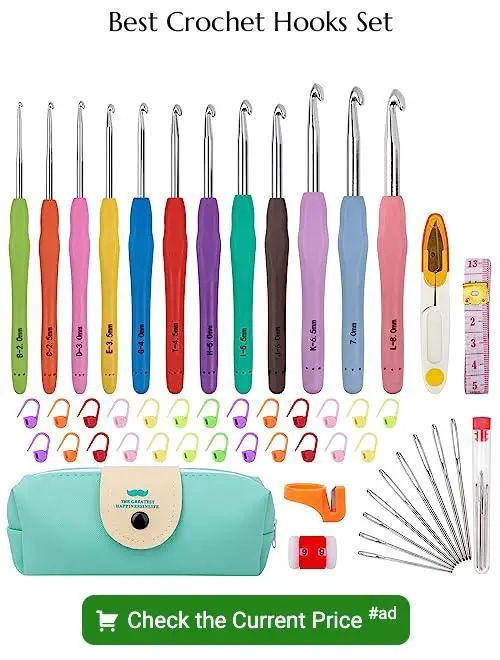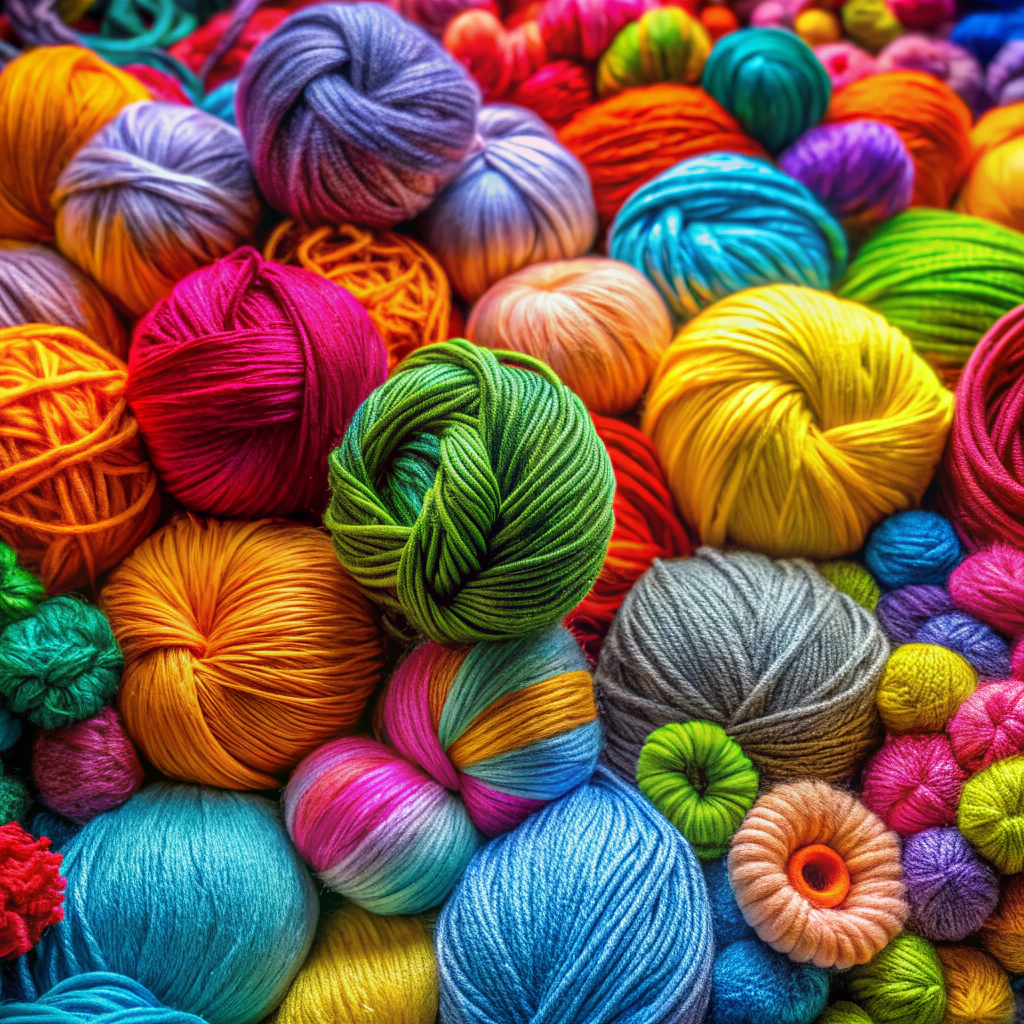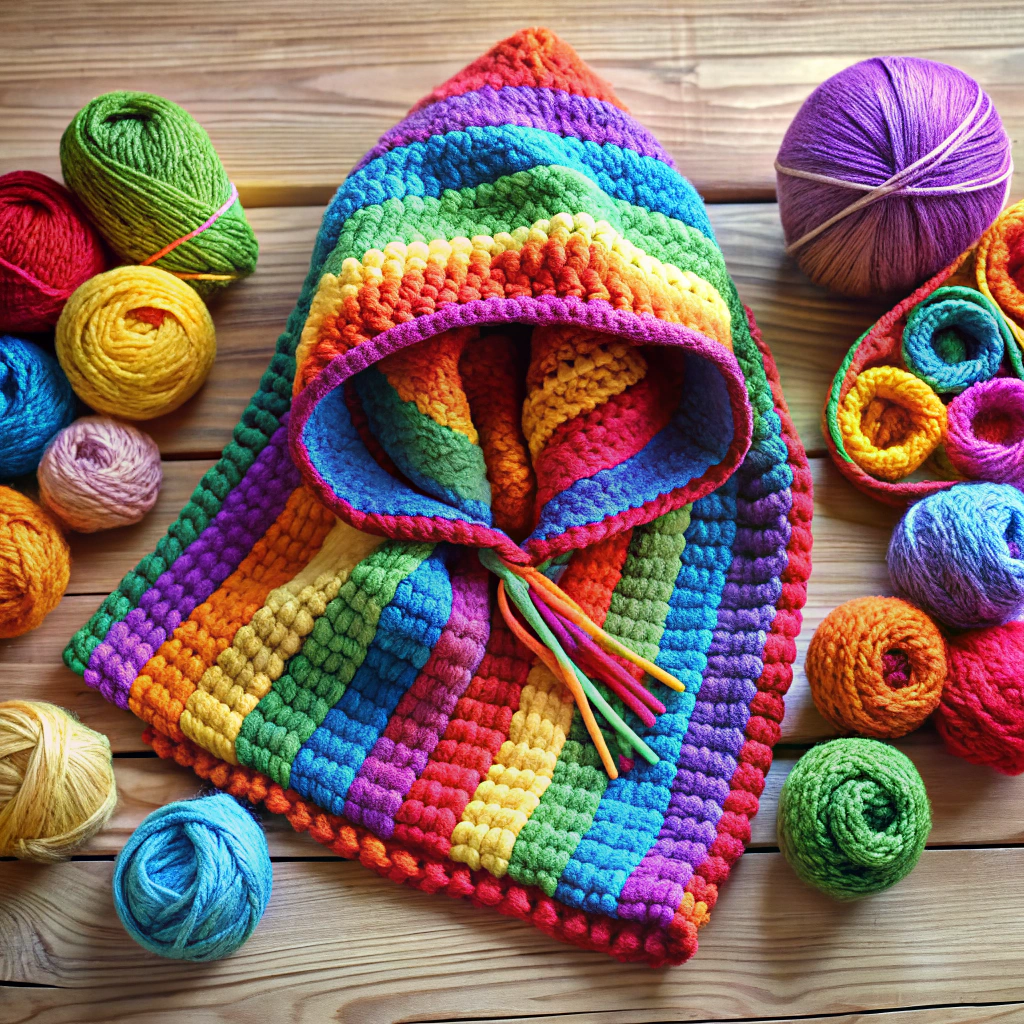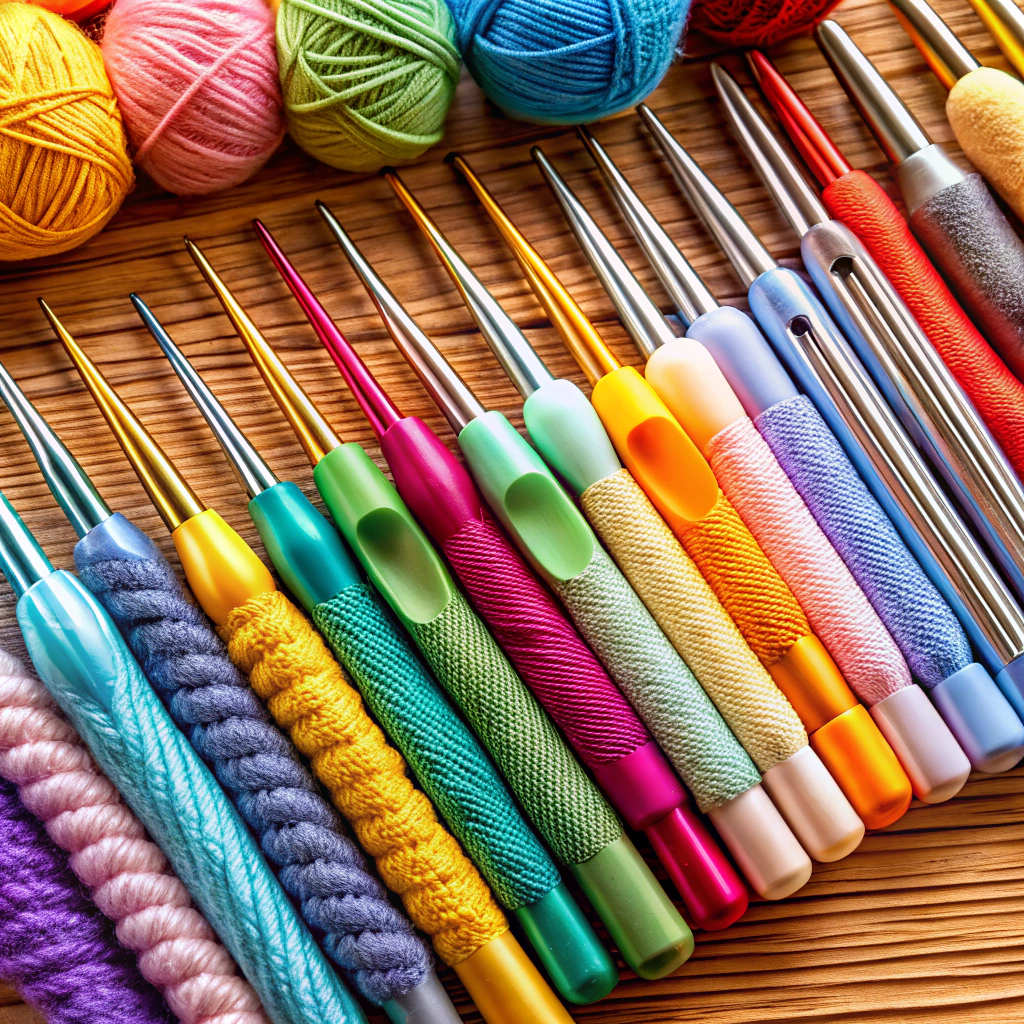Learn how to create a turning chain for single crochet to ensure your edges stay neat and straight.
Ever had your crochet project look like it’s taken dance lessons—somehow all twisty-turny and asymmetrical? Enter the humble turning chain, the unsung hero of even crochet rows. Whether you’re pondering the classic chain 1, trying the mysterious no turning chain, or mastering the invisible turn, nailing this technique can make or break your stitch straightness. Let’s dive in and unravel the secrets to keep your crochet as crisp and balanced as a perfectly-baked soufflé!
Key takeaways:
- Turning chain adds height to new row
- Skipping turning chain can result in lopsided project
- Different ways to start row: chain 1, no turning chain, invisible turning chain
- Turning chain doesn’t count as stitch, begin next stitch in first stitch
- Number of chains for turning chain varies by stitch type
What Is a Turning Chain for Single Crochet?
Picture this: you’re building a crochet skyscraper, and the turning chain is your trusty elevator, zipping you up to the next floor.
When you’re working rows of single crochet, the turning chain helps you to position your hook just right to start the new row. Think of it as the thread that hooks (pun intended) everything together. It’s that sneaky little stitch that you add at the end of a row before you flip your work.
- Here’s the breakdown:
- Adds height to your new row
- Ensures your project maintains its shape
- Improves consistency across rows
This little yet mighty chain stitch matches the height of your single crochet stitches, setting you up for a row that’s as smooth as a cat’s whisker. Skipping it might result in your crochet piece resembling a lopsided pancake – cute but not quite what you’re aiming for.
So, keep that turning chain in your crochet toolkit. It’s a small step for yarn, but a giant leap for your crochet project.
Turning Chain for Single Crochet Abbreviations
In patterns, you’ll often see abbreviations like “ch” for chain and “sc” for single crochet. These little shortcuts save space and keep instructions neat. It might seem like crochet hieroglyphics at first, but you’ll soon love the simplicity!
Think of “ch 1” as your crochet’s morning stretch, getting ready for the new row. This one chain stitch is added at the beginning of each new row of single crochet to help the yarn rise and smooth the transition from one row to the next.
Sometimes, patterns might skip the abbreviation entirely and simply say, “turn, ch 1.” Trust it. The magic still works the same way.
Most importantly, don’t panic if you see a bunch of abbreviations. They are your crochet GPS, ensuring you don’t end up lost in a sea of yarn. Happy hooking!
3 Alternative Ways to Start a Row of Single Crochet
- Chaining One, Then Single Crocheting: This method keeps things simple. Chain one, turn your work, then start single crocheting into the first stitch. Voilà, no fuss, no muss.
- No Turning Chain Magic: Yep, it’s possible. Just turn your work and start single crocheting directly into the first stitch. It may feel a bit rebellious, but it tightens up the edge nicely.
- The Invisible Turning Chain: For those who crave a cleaner edge. Make a chain one as usual, but instead of counting it as a stitch, ignore it and pretend it’s not even there. Insert the first single crochet in the last stitch of the previous row. The crocheting stealth mode!
These little tweaks can make a big difference. Experiment and see which one gets your crochet heart singing.
Typical Questions About Turning Chain for Single Crochet

Ah, the mysteries of the turning chain. They can leave you scratching your head! Let’s clear up a few common quandaries.
First, to chain or not to chain – should you count the turning chain as your first stitch? For single crochet, the answer is generally no. Your turning chain just gets things ready for the row ahead, like a butler prepping for a dinner party.
Next, how many chains to turn? Just one. That’s it. One little chain to pivot your work like a pro dancer.
What if your edges are looking a bit wobbly? Consider checking your tension. Loosey-goosey chains can throw off your groove. Try stitching them with consistent tension to keep edges straighter than your morning coffee routine.
Finally, ever start a row and think, is this right? If your work seems off-track, just remember: the turning chain doesn’t count as a stitch. Begin your next stitch in the very first stitch. Breathe easy and carry on crochet-ing!
Is the Number of Chain Stitches Needed for the Regular Single Crochet the Same As for Different Type of Stitches?
Nope, the number of chains you need for a turning chain varies depending on the stitch. Think of it as each stitch type having its own unique style and height.
For a single crochet, you need one chain. Super simple, like setting your alarm for 7 AM and actually getting up.
For a half double crochet, it’s two chains. A bit taller, a bit fancier, like putting on real pants when working from home.
For a double crochet, you go with three chains. Now we’re really getting some height here—think of it as the skyscraper of stitches.
Triple crochet (or treble crochet) is the diva of the bunch, needing four chains. Imagine it making a grand entrance in a ball gown.
That’s your quick guide. Just remember, the bigger the stitch, the more chains you need to get things rolling. Easy peasy.





